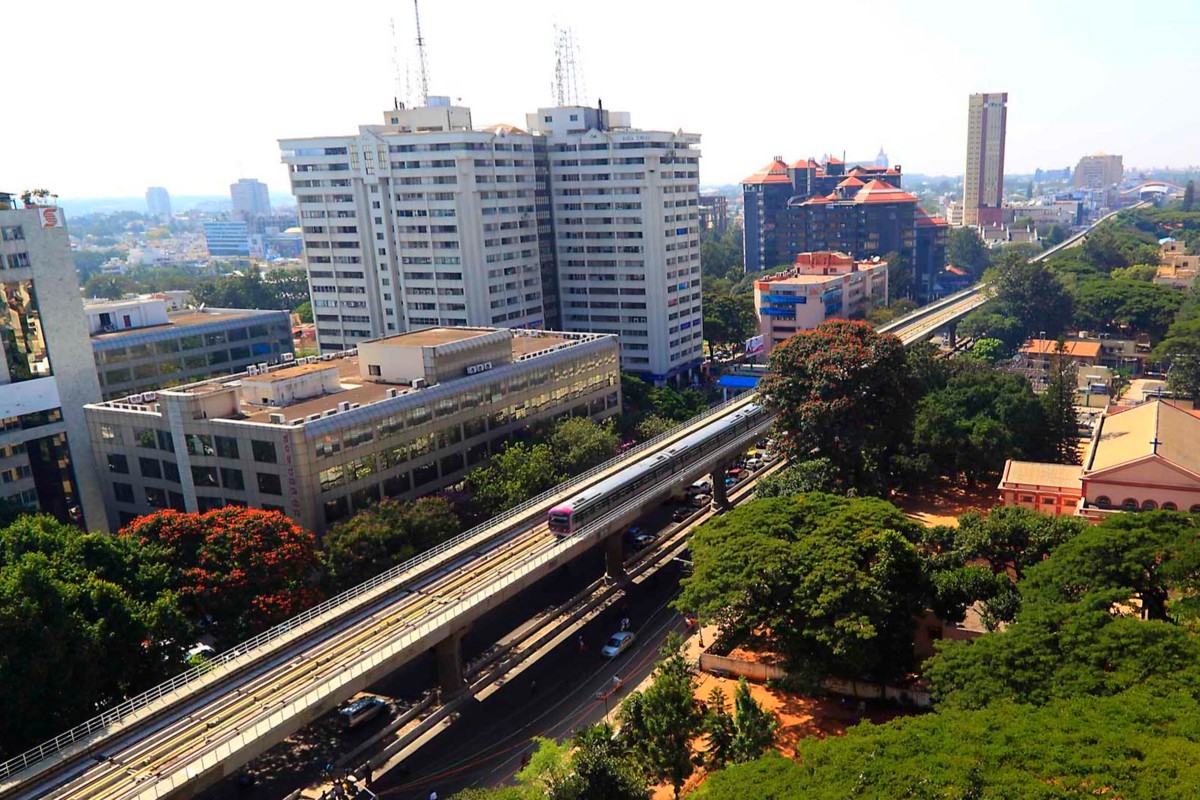Namma Metro’s 44 KM Expansion Spurs Property Boom in Kengeri and Yelahanka

Bengaluru, May 2025 — The ongoing 44-kilometre expansion of Namma Metro, Bengaluru’s rapid transit system, is reshaping the city’s real estate landscape—particularly in Kengeri (west) and Yelahanka (north). With infrastructure work gaining steady momentum and new stations expected to become operational by late 2025 and 2026, these once peripheral areas are witnessing a sharp uptick in property inquiries, both from end-users and investors.
Metro Expansion at a Glance
As part of Phase 2 and Phase 2A/2B, the expansion includes:
-
Yelahanka Line Extension (Airport Line): Connecting Yelahanka to Kempegowda International Airport via Hebbal and KR Puram
-
Kengeri Line Extension: From Kengeri to Challaghatta (Purple Line westward extension), with improved access to Mysuru Road and NICE Ring Road
-
New Interchange Hubs: At Hebbal, KR Puram, and Silk Board, enhancing last-mile connectivity
Once completed, this 44 km stretch will take Bengaluru’s operational metro network to over 120 km, making it India’s second-longest after Delhi.
Metro = Market Momentum: Kengeri & Yelahanka in Demand
Kengeri
-
Located on the western corridor, Kengeri has long offered affordability and space.
-
With improved metro access, it is now attracting working professionals from central Bengaluru and the Mysuru Road industrial belt.
-
Property appreciation in the area has ranged from 10–15% annually, especially for mid-segment 2 & 3 BHK apartments and plotted developments.
Yelahanka
-
Once considered a military and aerospace zone, Yelahanka is now a rising luxury and villa hotspot.
-
The metro’s connectivity to Hebbal, Manyata Tech Park, and KIA (airport) is a game changer.
-
Developers report a 30–40% increase in inquiries since 2023, particularly from NRIs and HNI buyers seeking low-rise, gated communities.
Why Metro Drives Real Estate Demand
-
Reduced Commute Time
Metro drastically cuts travel times—for example, Yelahanka to MG Road (currently 60–90 minutes by road) could drop to under 40 minutes. -
Last-Mile Convenience
New feeder routes, skywalks, and parking facilities at stations are making suburbs more livable for daily commuters. -
Rental and Investment Potential
Areas around upcoming metro stations are experiencing higher rental yields (3.5–4%) and stronger resale prospects. -
Lifestyle Upgrade
Metro accessibility is now a key lifestyle metric for homebuyers, with developers using "metro-adjacent" as a major marketing pitch.
Developer Sentiment & New Launches
Several prominent developers, including Prestige Group, Sobha, and Brigade, are launching or planning townships and residential enclaves along metro corridors. Especially:
-
Integrated townships near Kengeri’s metro corridor
-
Smart villa projects in and around Yelahanka’s Doddaballapur Road
Expect more pre-launch activity in H2 2025, as the metro lines near partial completion.
Outlook: Metro as a Real Estate Catalyst
Urban planners and analysts agree that the 44 km metro expansion will have a transformational impact on Bengaluru’s urban fabric. Areas once deemed “too far” from the city center are now turning into high-demand residential hubs, thanks to the promise of faster, more reliable transit.
For buyers and investors alike, 2025–2026 presents a key window to enter metro-linked markets like Kengeri and Yelahanka, before prices spike further upon project completion.
- Lakshadweep
- Delhi
- Puducherry
- PROPIINN
- Arunchal Pradesh
- Assam
- Bihar
- Chhattisgarh
- Goa
- Gujarat
- Haryana
- Himachal Pradesh
- Jharkhand
- Karnataka
- Kerala
- Maharashtra
- Madhya Pradesh
- Manipur
- Meghalaya
- Mizoram
- Nagaland
- Odisha
- Punjab
- Rajasthan
- Sikkim
- Tamil Nadu
- Tripura
- Telangana | Andhra pradesh
- Pulse
- Uttar Pradesh
- Uttarakhand
- West Bengal
- Andaman and Nicobar Islands
- Chandigarh
- Dadra and Nagar Haveli and Daman and Diu
- Jammu and Kashmir
- Ladakh



